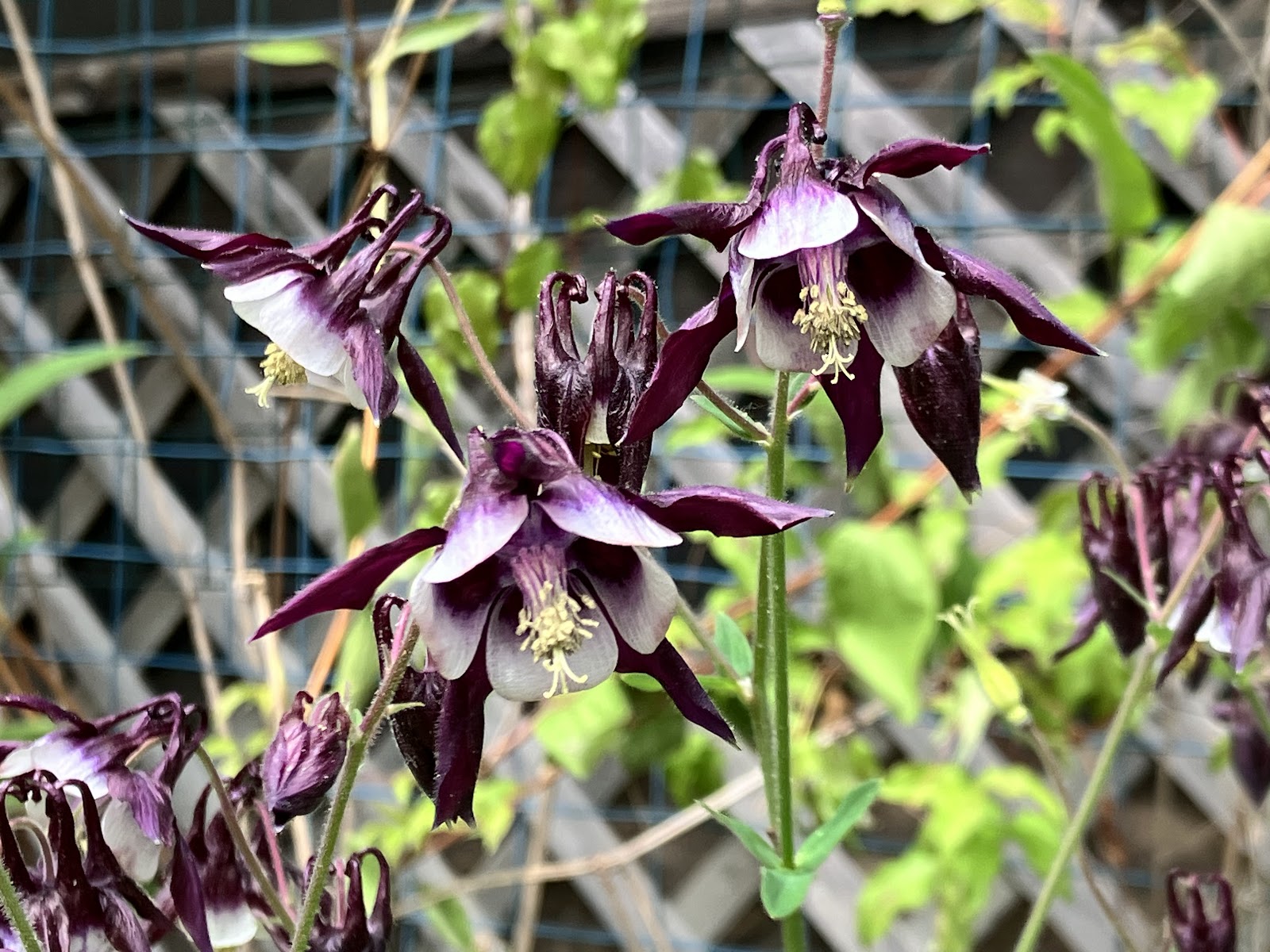The Leaf Splitter
Clyde Takeguchi Sensei came from Hawaii to the US mainland for his post-graduate studies. That was also when he started his path of self learning in Aikido.
Those days, as a graduate student in the midwest, there was not much to do for entertainment. To amuse himself, Sensei turned to creative yet inexpensive training ideas. First, he set out to do one thousand bokken (wooden sword) cuts everyday. He then used old rubber tires as target for bokken practice. And when even that was not enough of a challenge, he came up with the idea of splitting leaves with his wooden sword.
I, honestly, do not think I would ever think of splitting leaves. Nevertheless, if I were to try, I probably would have picked something big and easy, like magnolia or Norway maple . . . But, of course, we are talking about Clyde Takeguchi. What did he choose? Azaleas. Why azaleas? "They are everywhere!" he laughs.
So, how does one split such small leaves on an azalea bush?
Sensei explained that, at first, you trained to just touch a leaf with your bokken. The goal is to touch the leaf consistently without displacing it. "When you can touch a leaf without pushing it away, then you try to cut through it." he said.
"If all you do is to push the leaves, you can never split them. You need to be able to cut through without the leaves moving. It is like they get cut before they know it." Sensei explained with a smile while nodding his head.
It seems like a very simple idea, but is often overlooked by many on the Aikido mat. This concept applies equally well to empty-handed techniques. Take kotegaeshi for example, many people try to flip their partner over for the pin by pulling partner's arm. They usually end up dragging their partner around like a broom. This is no different from trying to splitting a leaf by pushing it with a bokken.
The same idea can be applied to taking ukemi as well: Since a knife cannot cut a leaf if the leaf moves with it, when taking ukemi, it is critical for the uke to constantly stay with the nage and move along like a shadow until there is a safe opening for exit. Holding your ground means suicide. This is why some ukes take a big break fall to close the gap when they realize they are late in their response. It may look like a spectacular performance, but it actually means the ukes are desperate to catch up in order to avoid being cut.
Despite the monotony of his graduate student days, Sensei says he learnt a lot of Aikido during that time from the wooden sword. "Definitely time in. You want to improve, you gotta practice. That is the only way. Time in is very important."
Come November, Takeguchi Sensei will turn 80. These days, he still practices Aikido three times a week. In many ways, he has evolved to be a human sword.
"There are different kinds of swords. Some swords, when you stick it in a river, as leaves come down with the water, they hit the blade and get split apart. There are some other swords that, when the leaves meet the sword, they just flow around the blade and move on. I choose to be the latter."



Comments
Post a Comment